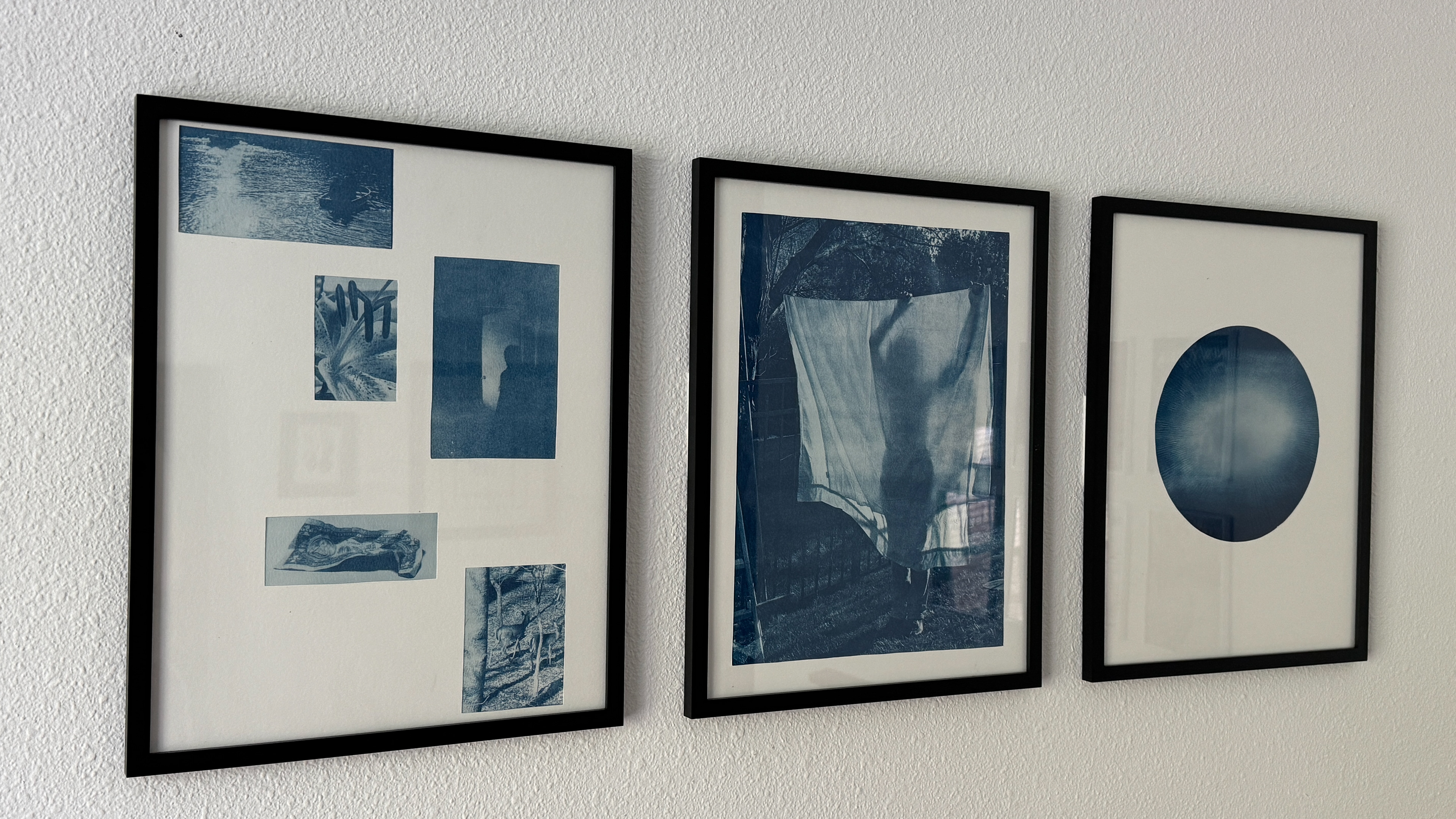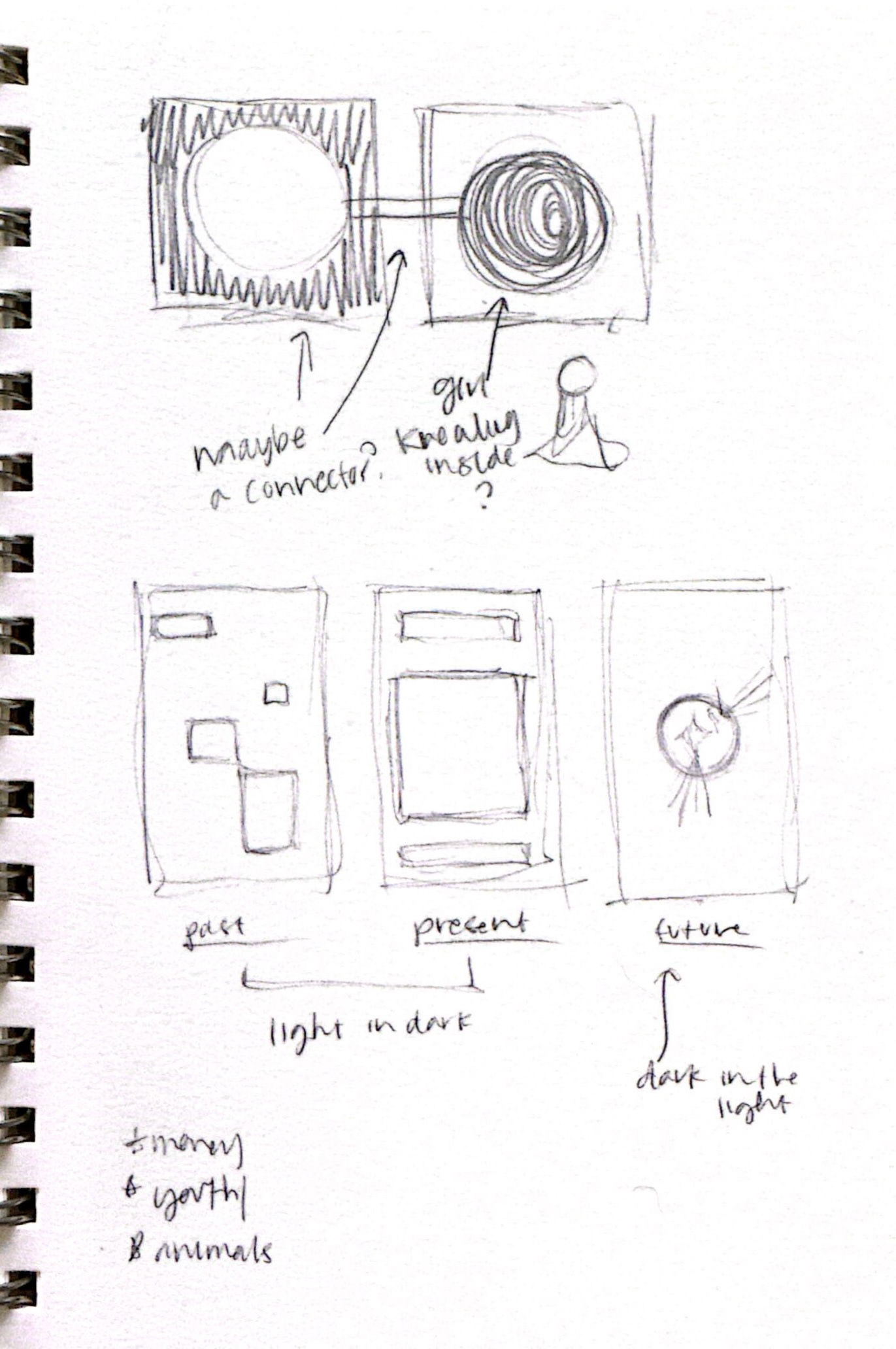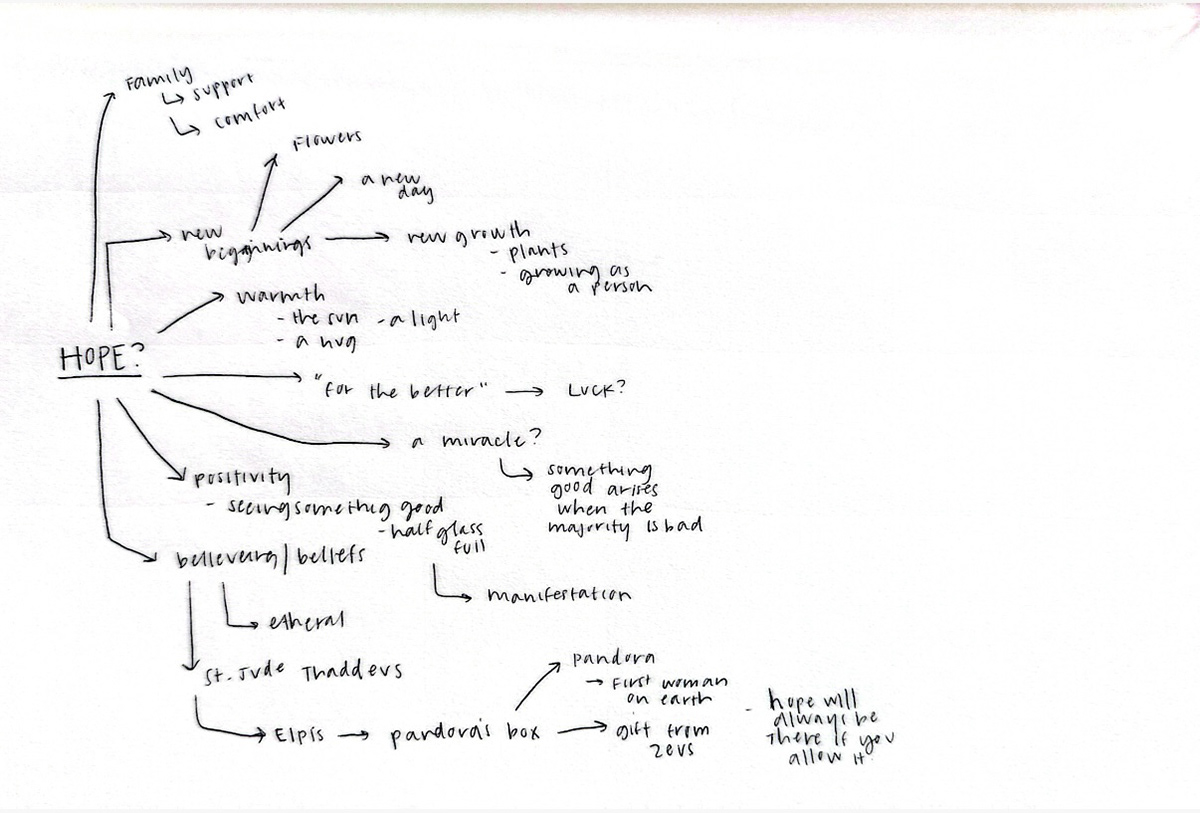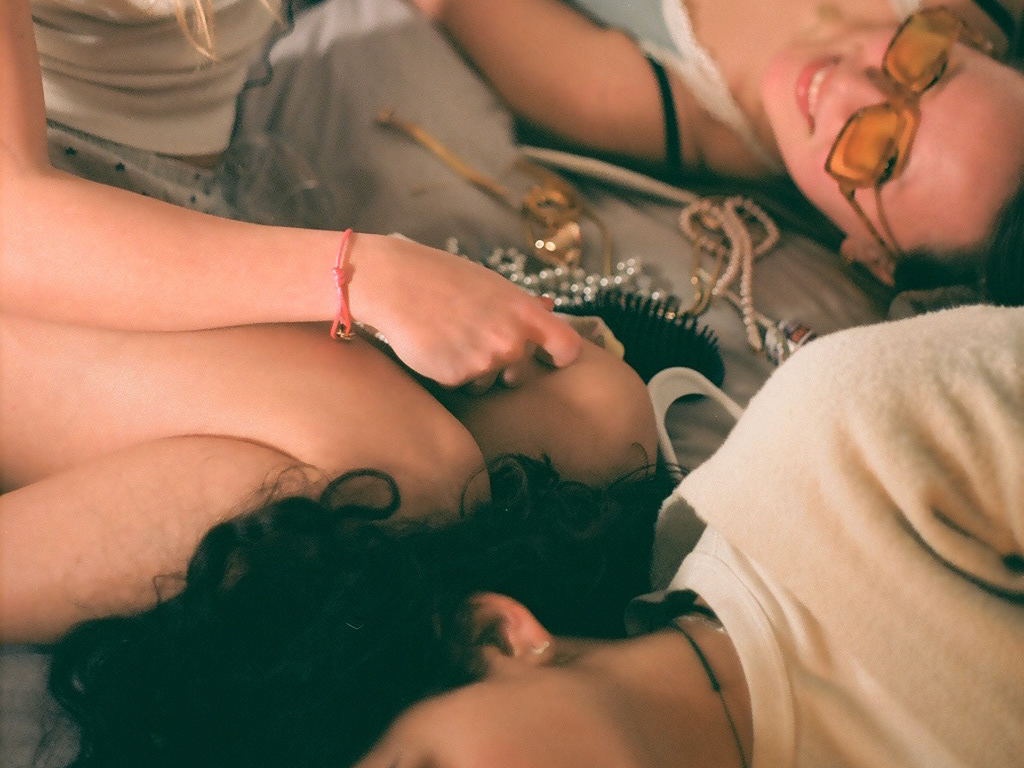Hope is one of those words we use daily without thinking about what it means. We throw it into conversations—“I hope you’re doing well,” “I hope this works out”—but do we ever stop considering the weight of the word? For a long time, I didn’t. I never really questioned it or asked myself what hope meant to me. And when I finally did, I realized I had no idea.
At first, I thought of hope as something straightforward. But the more I explored, the more complicated it became. It was layered, messy, and sometimes even painful to think about. I started researching hope in different contexts to gain a better understanding, from myths like Pandora’s Box to biblical figures like St. Jude. These stories all had different angles on what hope meant, but none gave me a clear answer.
At first, I thought of hope as something straightforward. But the more I explored, the more complicated it became. It was layered, messy, and sometimes even painful to think about. I started researching hope in different contexts to gain a better understanding, from myths like Pandora’s Box to biblical figures like St. Jude. These stories all had different angles on what hope meant, but none gave me a clear answer.
I decided to ask people directly. I sent out surveys to friends, asking them what hope meant to them, what reminded them of hope, and what gave them a sense of it. The answers were all over the place—some people talked about their families, others mentioned success, nature, or nothing. It was beautiful and overwhelming at the same time. I understood what they said and could relate, but I still felt lost. None of it felt like me.
That’s when I shifted my focus inward. Instead of trying to define hope through other people’s words, I started paying attention to it when I felt it in my own life. I noticed small moments—light passing through a curtain when my family was together and having coffee in the morning. I realized that, for me, hope wasn’t about certainty. It was about being present. It was about recognizing that, even when I’m afraid of the future, I’m still here, and that is hope.
This realization was the beginning of my cyanotype triptych. Each panel represents a different phase of our relationship with hope. The past, the present, and the future. I wanted to highlight how hope can shift and take on various forms depending on where we are in life.
The left panel, the past, is about how our initial understanding of hope can be distorted. The objects in this panel represent the misconceptions and external influences that shape our early beliefs. The money represents the false idea that financial success will lead to fulfillment. The water symbolizes passive hope. Waiting for things to change instead of actively working toward them. The flower represents fleeting hope when we tie it to temporary things. The woman in the doorway embodies hesitation and fear of entering the unknown. The deer symbolizes nostalgia, the desire to stay in the comfort of the past rather than move forward. This panel has layered imagery, all on their own but together, much like memories over time.
The center panel, the present, is about engaging with hope as something we actively live in. A woman pulling back a curtain is the central image, representing the decision to let light in, to see and feel hope rather than just wish for it. The curtain itself is a symbol of the transition between fear and trust. And the sunlight passing through is hope in its purest form—not something forced or fabricated, but something real, waiting for us to recognize it. The cyanotype process is crucial, as light exposure creates the image. Just like in life, the act of embracing hope is what makes it real.
The right panel, the future, is the most abstract. A simple circle of light sits in the middle, representing hope as an open-ended, undefined force. Unlike the layers of the past, this panel is quiet and spacious. When fully embraced, hope doesn’t need to be complicated—it just is. The cyanotype’s deep blue contrasts with the bright middle, symbolizing the unknown and the light ahead.
Cyanotype as a medium is connected to the themes of this piece. This process requires patience, trust, and an understanding that the final outcome is not entirely within my control. The image develops as light interacts with the treated surface; like hope, it takes shape over time. The unpredictable hues and textures reflect the uncertainty of the future. This process highlights that while we may not have all the answers, we must still trust the process.
For me, hope means living in the now. The future is unknown, and while that can be terrifying, the best I can do is hope. This project forced me to sit with my discomfort and understand something I couldn’t easily define. It made me realize that hope isn’t about having all the answers or knowing the future. It’s about learning to exist and seeing the light even when it feels nonexistent. Hope isn’t something to admire from afar; it’s something to live inside, to stand under its roof, and to let it shape how we see the world. And maybe that’s what hope is. Not a perfect definition, not a destination, but a process. One that we have to step into over and over again.
Final Images







Process








